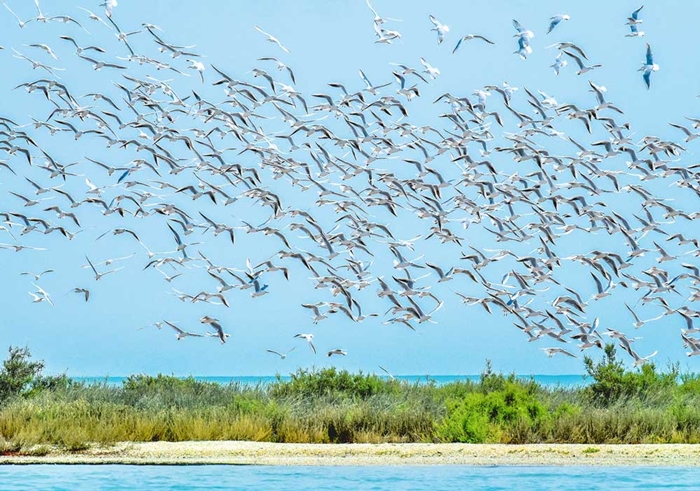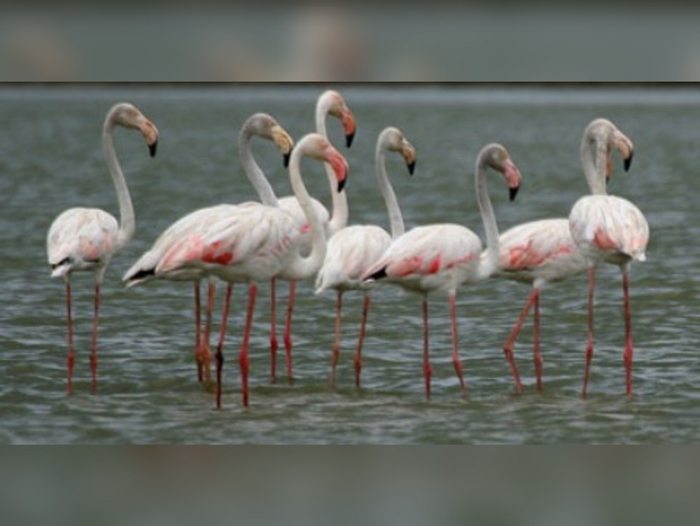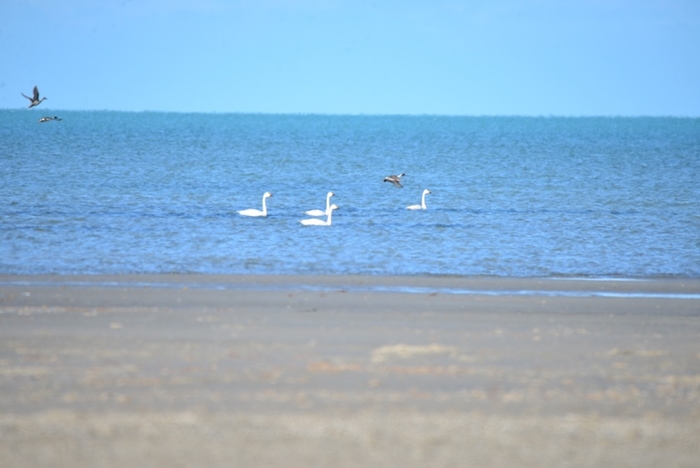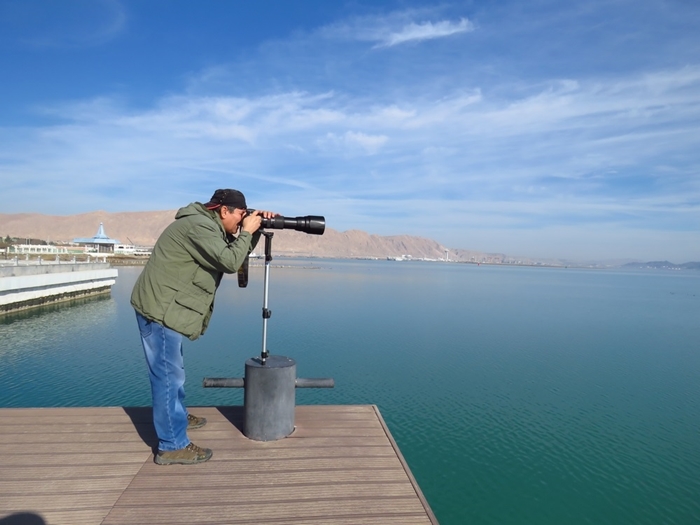 An international ornithological expedition in Turkmenistan has recorded a remarkable 200,000 wintering birds on the Caspian Sea coast, marking a significant increase from the previous year’s 150,000. This exciting news comes from the “Ramsar-2024” expedition, conducted within the Ramsar Convention’s annual waterfowl and near-water bird count.
An international ornithological expedition in Turkmenistan has recorded a remarkable 200,000 wintering birds on the Caspian Sea coast, marking a significant increase from the previous year’s 150,000. This exciting news comes from the “Ramsar-2024” expedition, conducted within the Ramsar Convention’s annual waterfowl and near-water bird count.
Recently, a round table meeting was held in the office of the Khazar State Nature Reserve to discuss the preliminary results of the expedition.
This year’s wintering population boasts a dazzling 30,000 flamingos, setting a new record. Previously, these graceful birds migrated to Iran, but this year, they seem to have chosen Turkmenistan as their primary wintering ground, with only a small number remaining in Azerbaijan.
Experts attribute the bird population increase to a combination of weather patterns and fluctuations in the Caspian Sea’s water level. These changes have reshaped the coastline, forcing birds to relocate.
Interestingly, the majority of these feathered “migrants” opted for the Turkmenbashi Bay wetland complex, known for its inland bays and marshy shallows.
The Khazar State Nature Reserve plays a vital role in protecting not only Turkmenistan’s birds and their food sources but also those of neighboring countries like Kazakhstan, Uzbekistan, and Russia. Recognizing this importance, the expedition participants proposed further enhancements to scientific monitoring activities and technological equipment upgrades for the reserve.
Exploring 1,545 Kilometers of Coastline
The expedition conducted a comprehensive ornithogeographic survey, traveling an impressive 1,545 kilometers along the coastline in challenging weather conditions. Their goal was to understand the changing landscape due to the receding sea level.
Two groups of the expedition surveyed the coast stretching from Kiyanli, north of Turkmenbashi city and another group moved from east to the Yangadzha tract. Then, the combined expedition conducted an ornithoecological reconnaissance of the coastal waters of the Caspian Sea from Kazakhstan to the border with Iran.
The team observed a shifting coastline caused by the receding water, opening up previously underwater areas.
While this has resulted in the shrinkage of bays and estuaries in some areas, it has also led to the creation of new islands, particularly near the Yuzhno-Chelekenskaya Spit and Ogurdjali island. These new landmasses may become future havens for gulls, sandpipers, piebalds, cormorants, and other bird species if the water level remains low.
The expedition’s findings, including the waterfowl and near-water bird count, were deemed to meet the standards of the Ramsar Convention.
The expedition included researchers from the Khazar Reserve, scientists and experts from the Ministry of Environmental Protection of Turkmenistan, the National Institute of Deserts and Flora, the S.A.Niyazov Turkmen Agricultural University, the Caspian Environmental Control Service, the Technology Center of the Academy of Sciences, editors, journalists and TV presenters.
Public-Private Partnership: Cleaning Up the Coast for Profit
The meeting also addressed the issue of cleaning up the Caspian coast, particularly the newly exposed areas due to the receding water. This includes removing shipwrecks, pipes, abandoned infrastructure, and industrial waste deposits.
While this cleanup is crucial for environmental protection, it also presents a lucrative opportunity for public-private partnerships. Utilizing the expertise of the National Technopark of Turkmenistan, these partnerships could transform waste into valuable products, such as processed minerals and oil sludge. ///nCa, 1 February 2024 (photo credit – Salam News, “Neutral Turkmenistan”)



